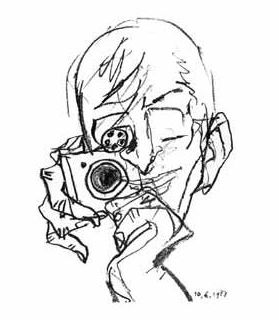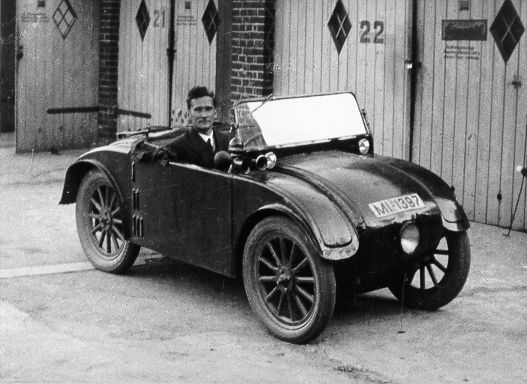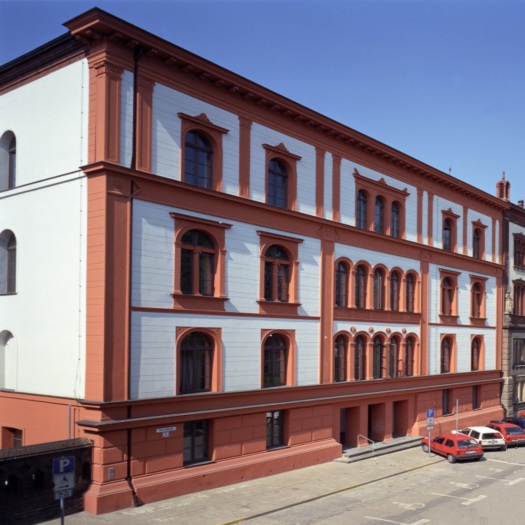
Kustodie (Art Collection)
The Kustodie (Art Collection), which is assigned to the University Archives, maintain the cultural heritage of the university, promotes the use of the academic collections for research and teaching and supports the collection managers in the institutions of the several university faculties.
The collection of the Kustodie includes around 3,000 objects from the Renaissance to the present day, for example the collection of the formerly Artothek and the Graphic Collection of the former Art History Institute, 130 portraits of professors, university jewels, busts, sculptures and relief panels, art-works of the university church, as well as architectural art.
The responsibility here extends to 22 listed buildings from the 14th to the 20th century. The main task is to secure, to catalog and to present the cultural assets.
Armin Münch Collection

Armin Münch (born 1930 in Rabenau near Dresden – died 2013 in Rostock) was a German graphic artist and illustrator. From 1970 to 1976 he taught at the art college Kunsthochschule Berlin-Weißensee. In 1976 he was offered a position at the University of Greifswald, where he taught as a professor until 1991. From 1996 to 2000 he held a teaching position at the University of Rostock, where he had lived since 1955.
In the 1960s and 1970s he created his best-known prints and drawings here, including the series for Moby Dick, Störtebeker and the Meermenschen.
In 2002, Armin Münch donated around 15,000 original drawings and graphics from his extensive oeuvre to the university, here mainly from his sketchbook for Faust, illustrations for Thomas Mann's Joseph Tetralogy, on the history of military conflicts, including the Peasants' War, II World War and Vietnam War as well as numerous illustrations on the Bible and ancient mythology.
This donation was initially supplemented in 2006 with sheets from the Faust cycle and again in 2013 with around 360 works - mainly erotic depictions and portraits.
A collection in a publicly accessible database is planned for the future.
Photo-Eschenburg-Archives

In 2005, the University of Rostock acquired the "Photo-Eschenburg-Archives", a unique photo collection for Mecklenburg, which was created by the photographer Karl Eschenburg (1900-1947) in the 1920s and 1930s. The approximately 20,000 photographs can be categorised into four subject groups: architecture, landscape, European ethnology, and portrait.
The photographs are outstanding historical sources for regional history, European ethnology, cultural and art history, the history of technology, contemporary history and other academic disciplines. Karl Eschenburg not only photographed the large cities, but also the hinterland of Mecklenburg with all its farm towns, the many small villages and the unspoilt landscape. In some cases, they are also the last visual evidence of objects that have disappeared over time.
The photos are carefully staged works and not snapshots. Eschenburg worked as a self-employed photographer and photojournalist for regional newspapers and journals - after 1933 also for NS organs. This has tended to be ignored in the reception of Karl Eschenburg's work to date.
The collection also includes photographs by Wolfhard Eschenburg (1928-2021), who has rendered outstanding services to the preservation of his father's legacy. It is supplemented by personal documents and photographic equipment from the nachlass of the two photographers.
Search the "Photo-Eschenburg-Archives".
Collections

Contact
Dr. Gunther Viereck
gunther.viereckuni-rostockde
Tel.: +49 381 498-8620
Cathrin Frühauf
cathrin.fruehaufuni-rostockde
Tel.: +49 381 498-8795


